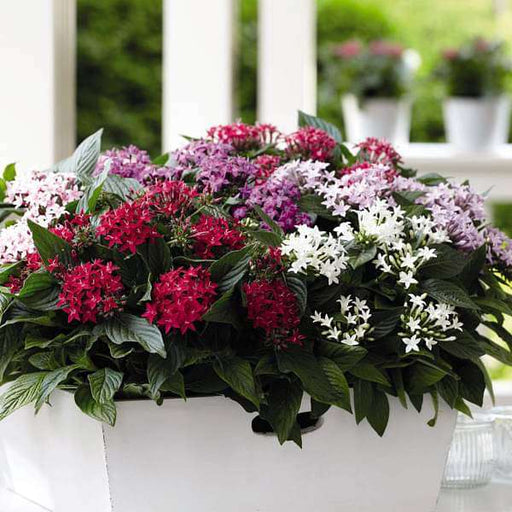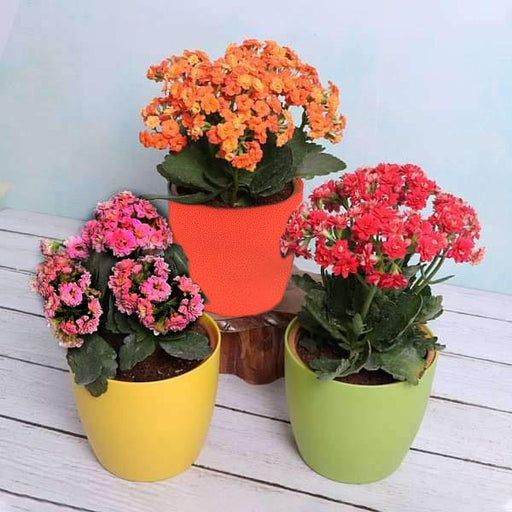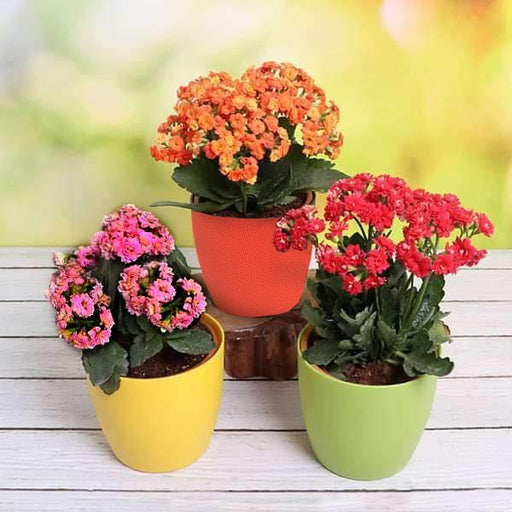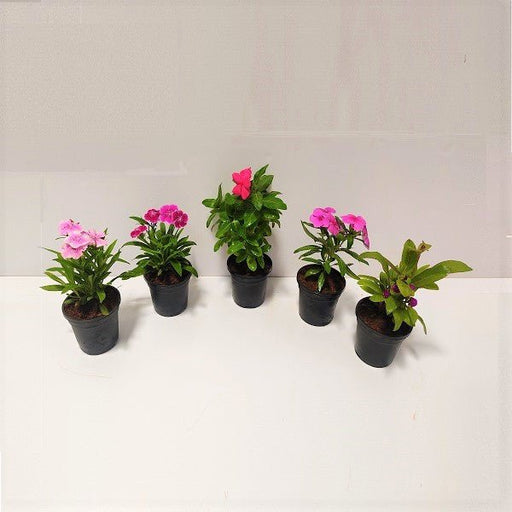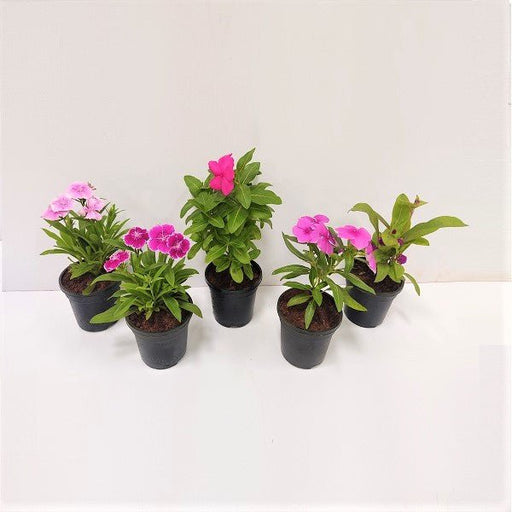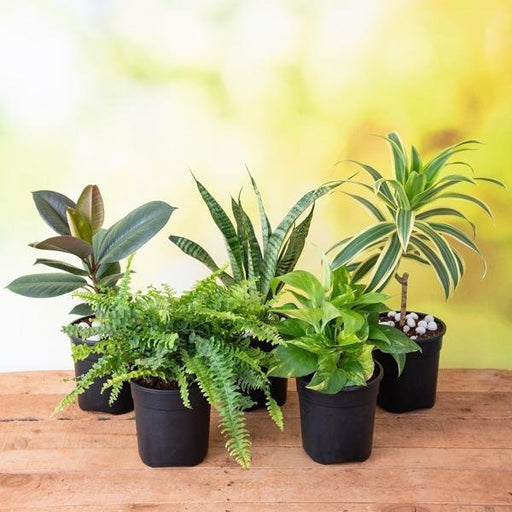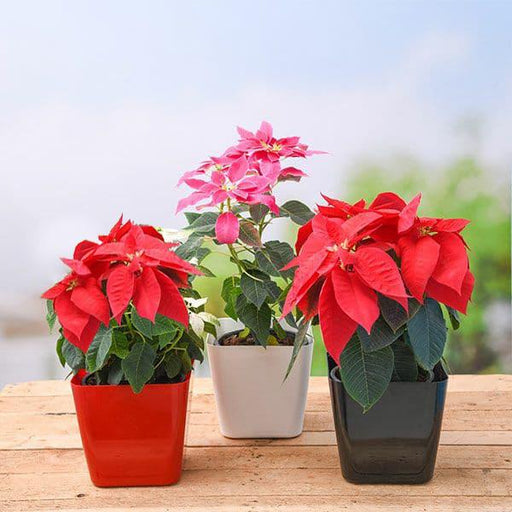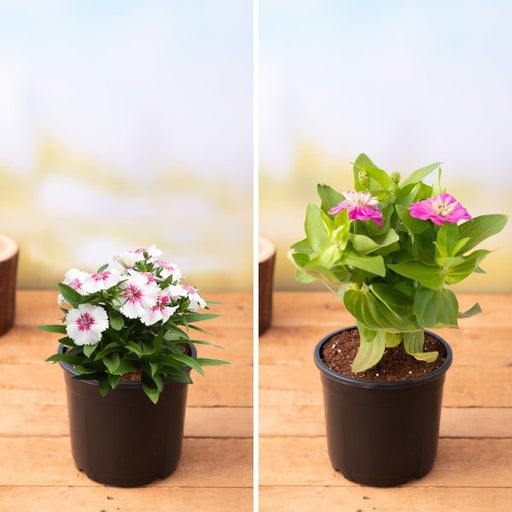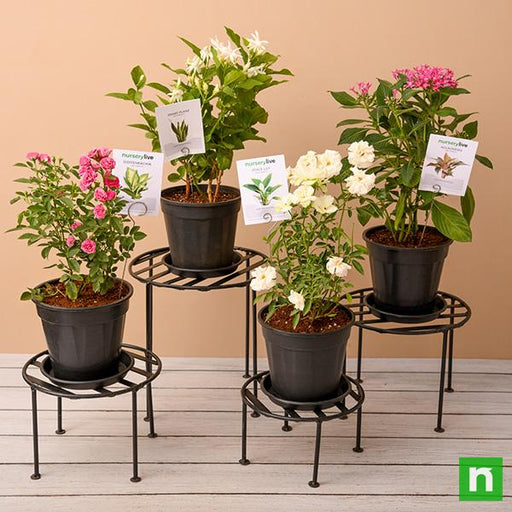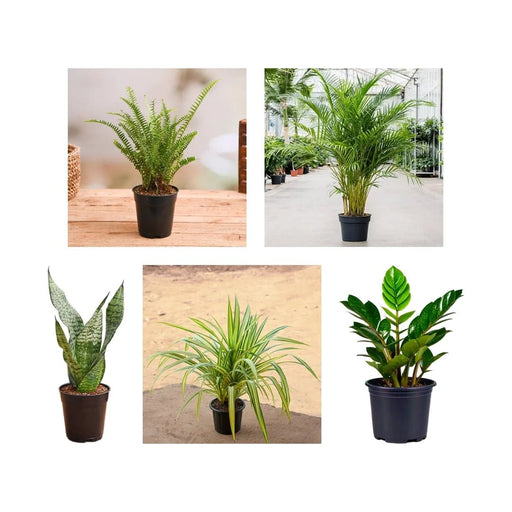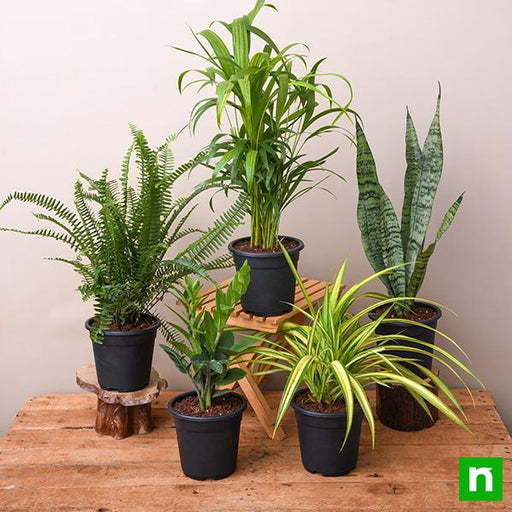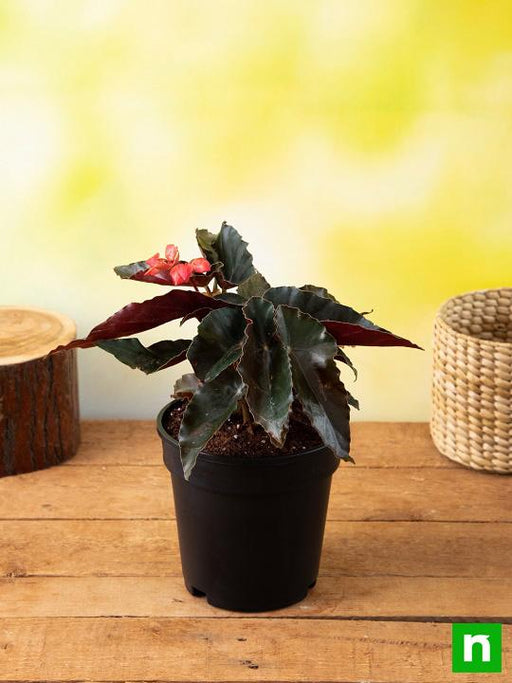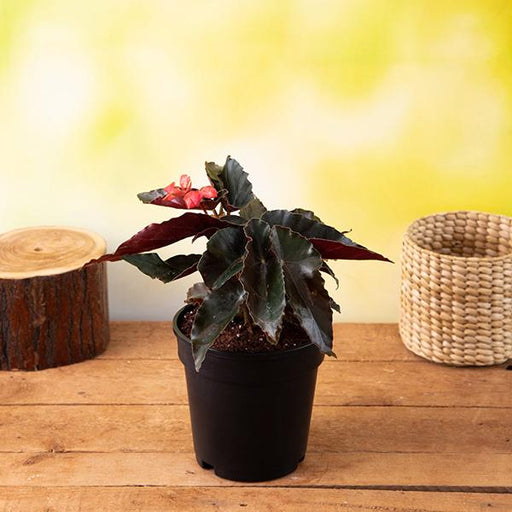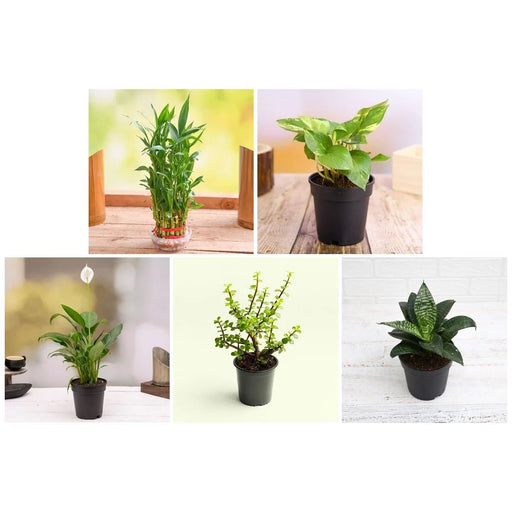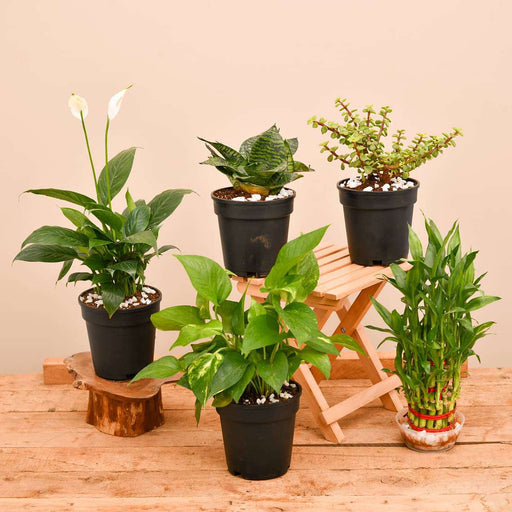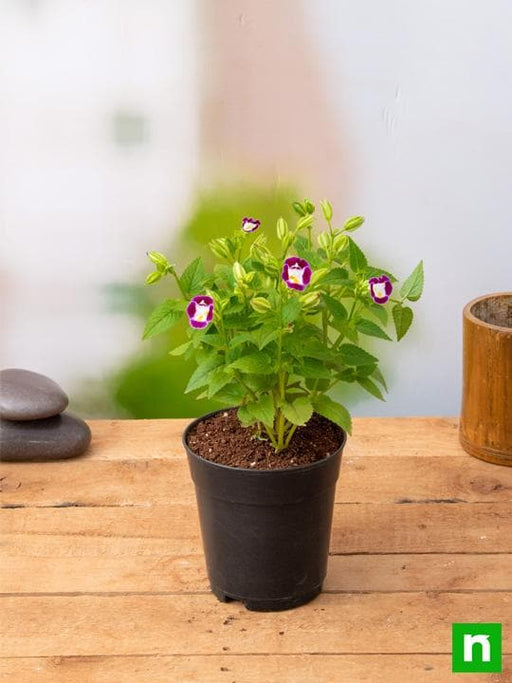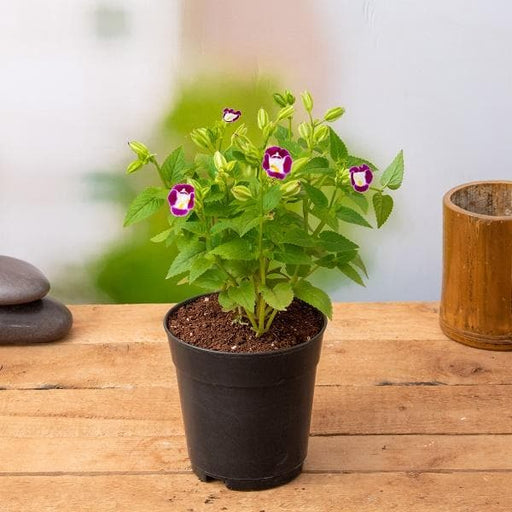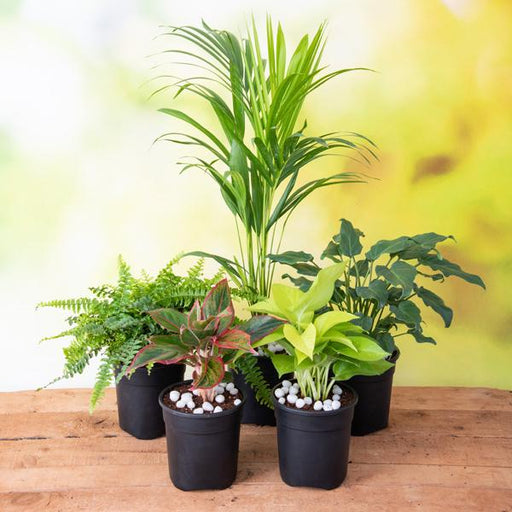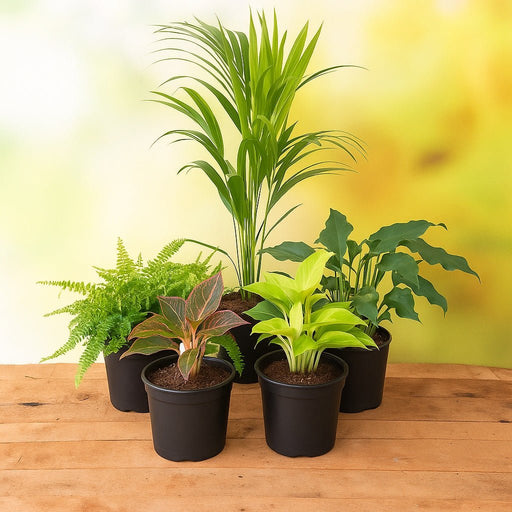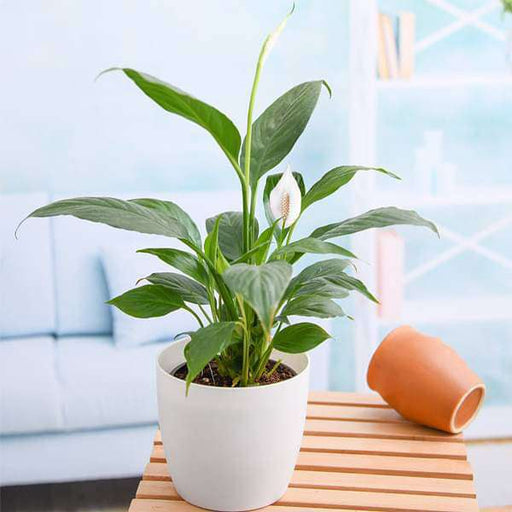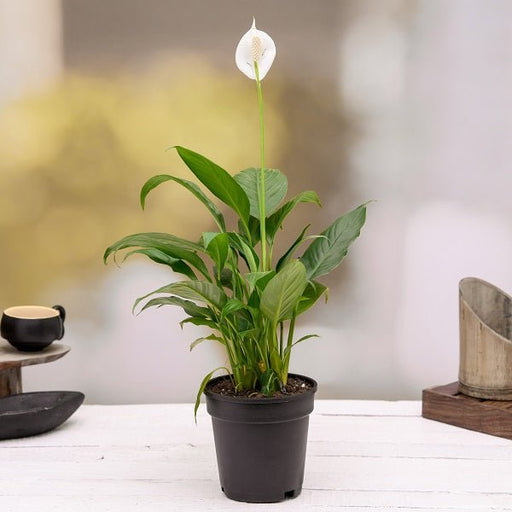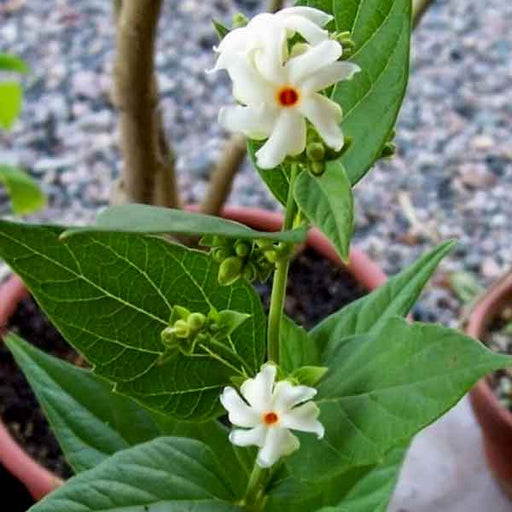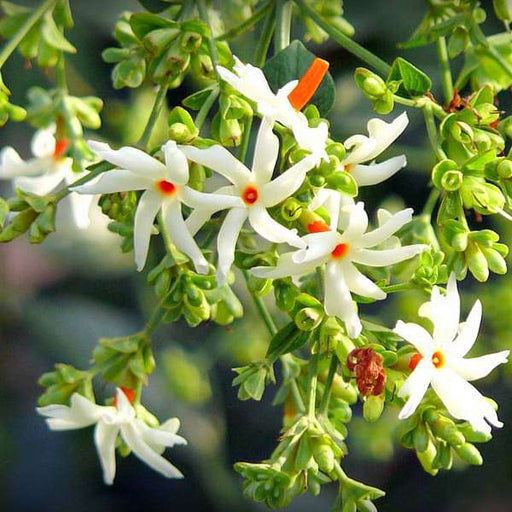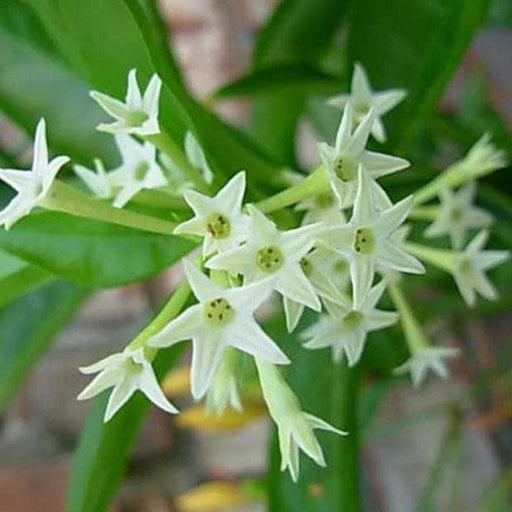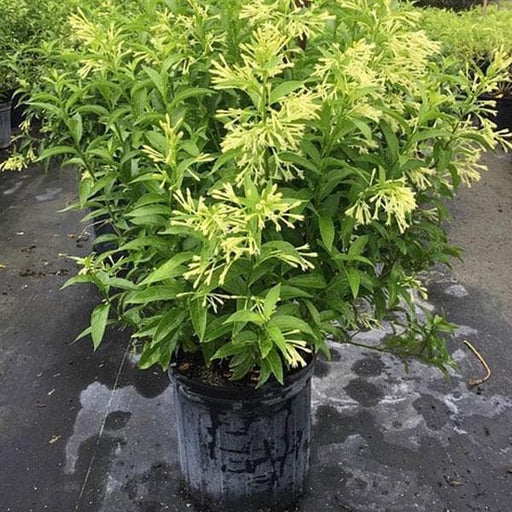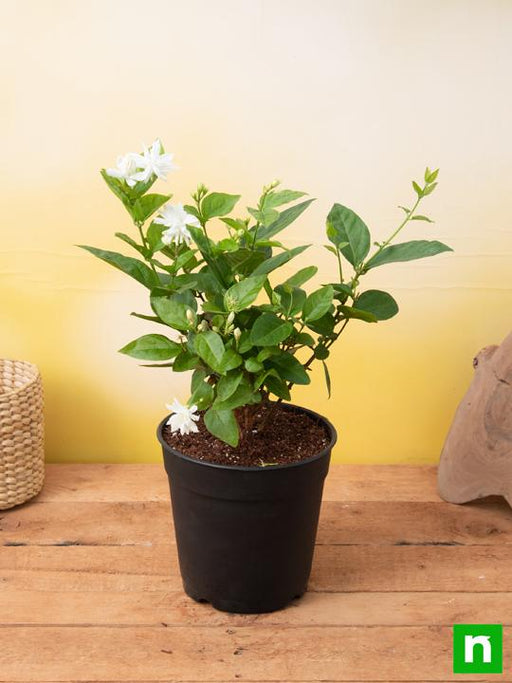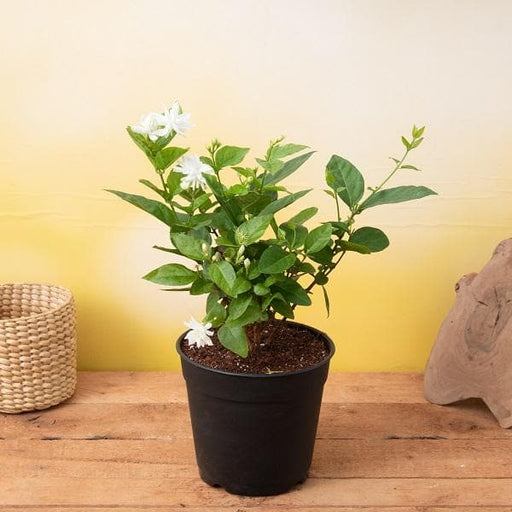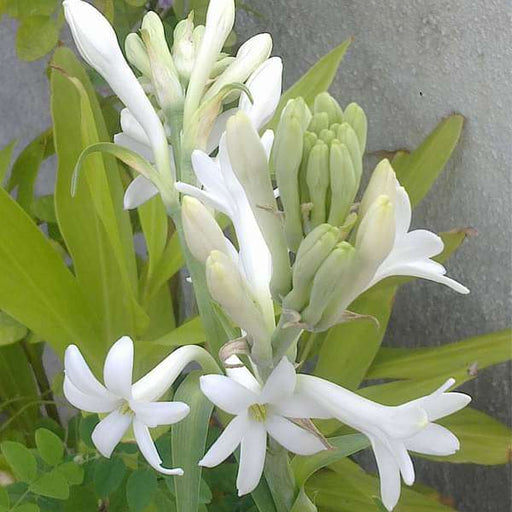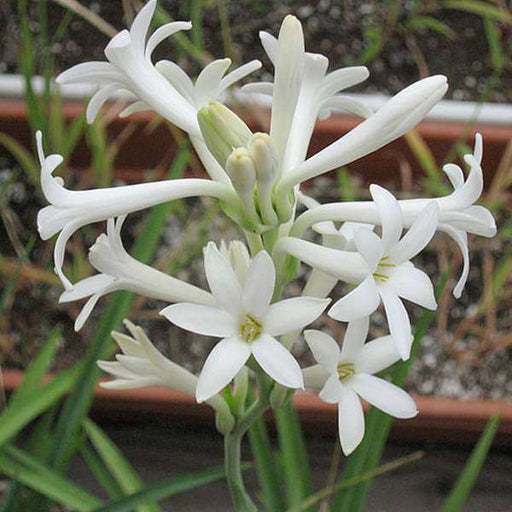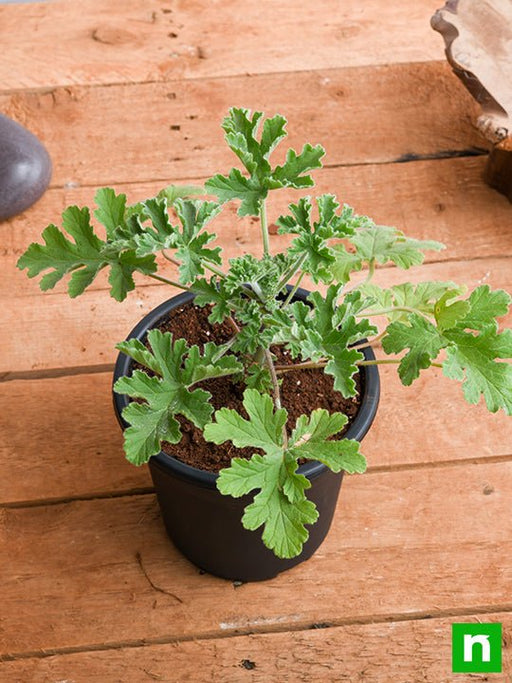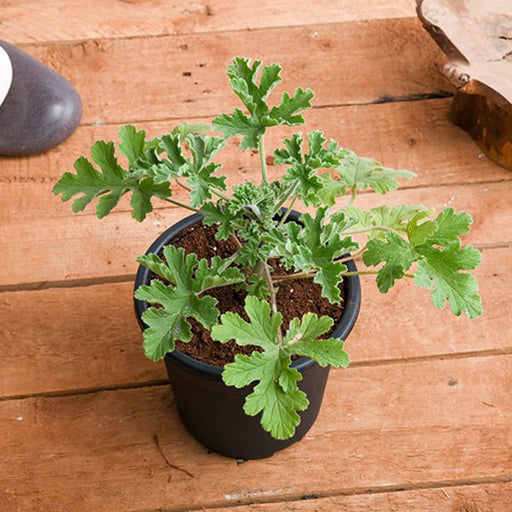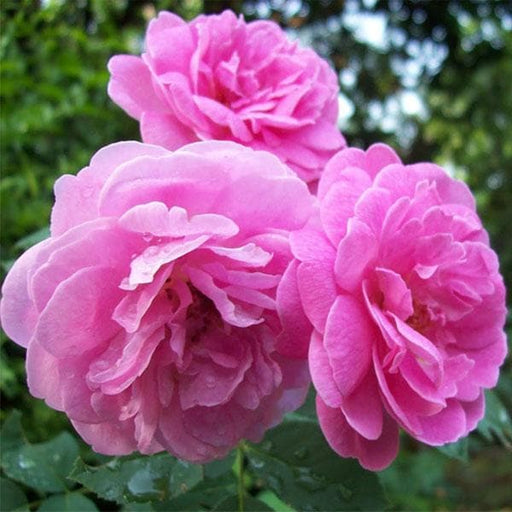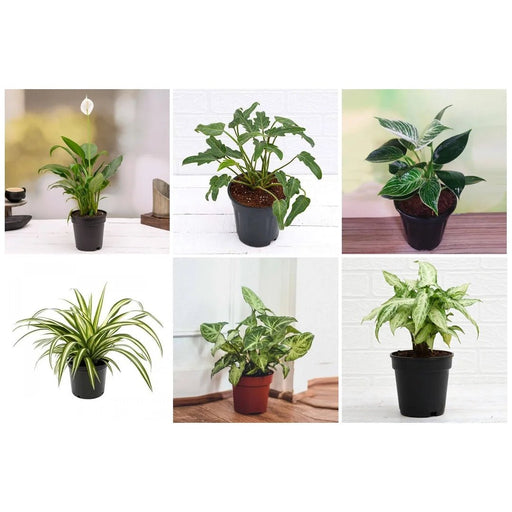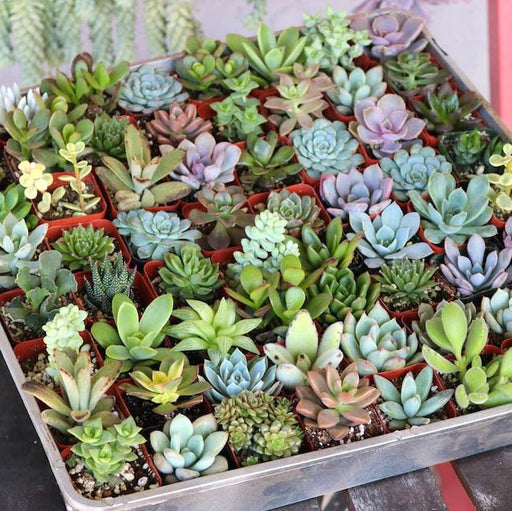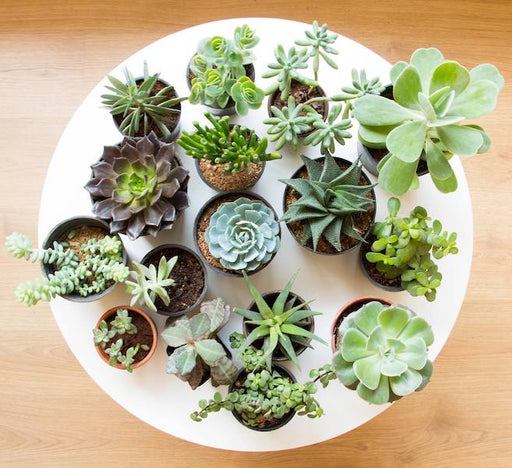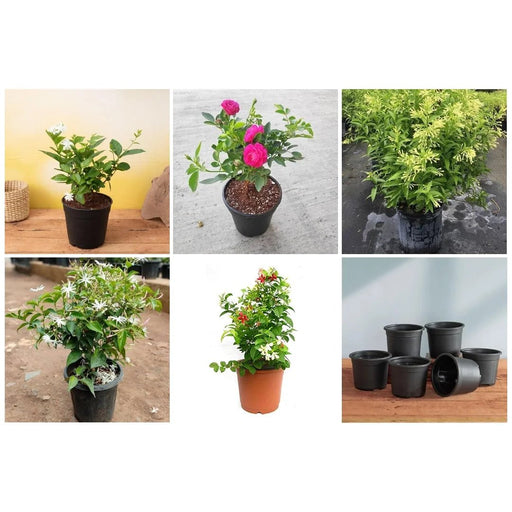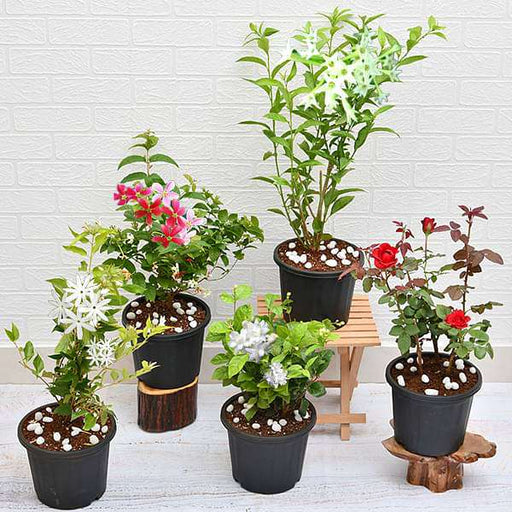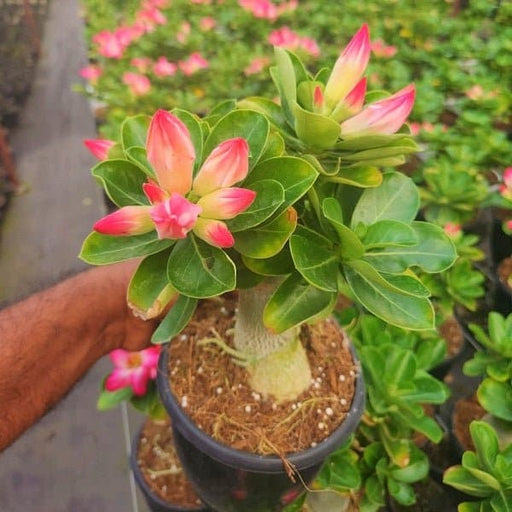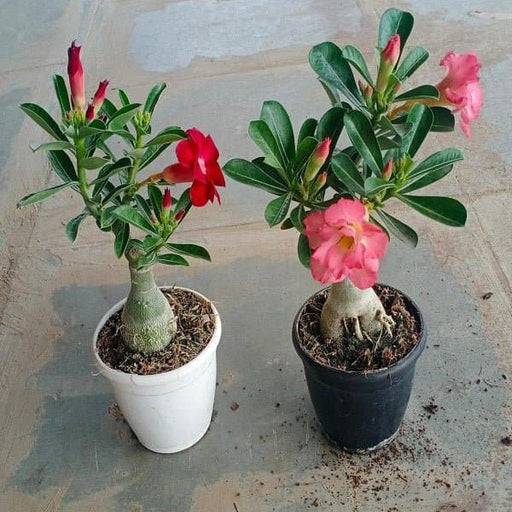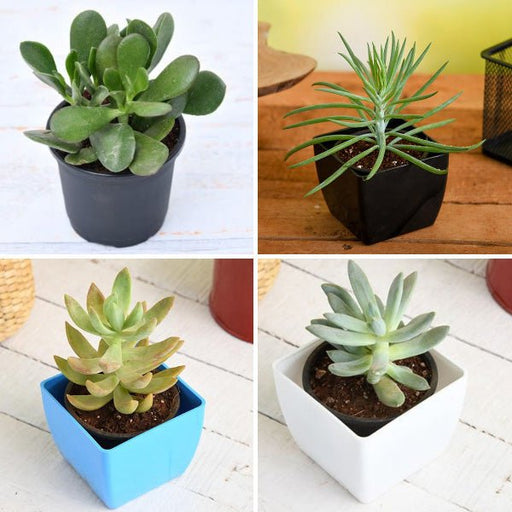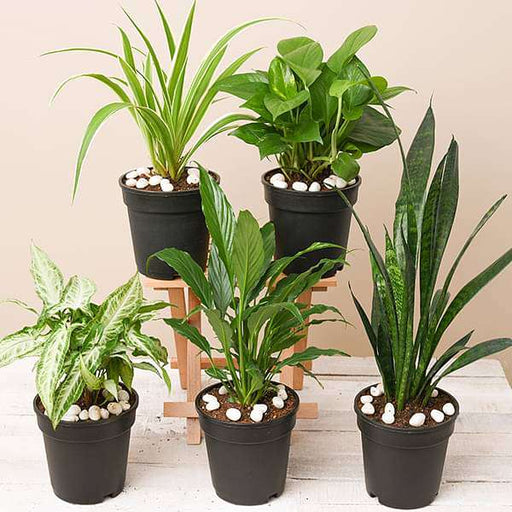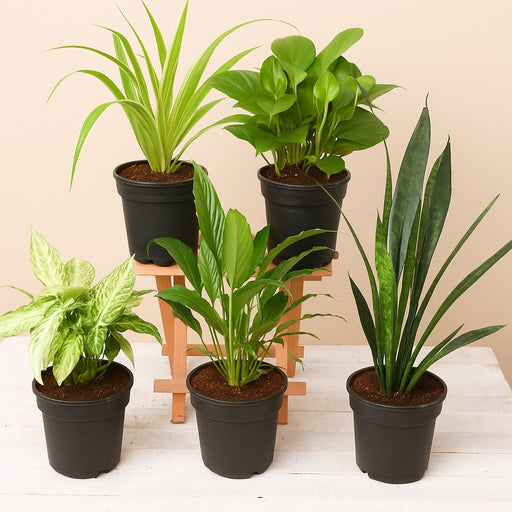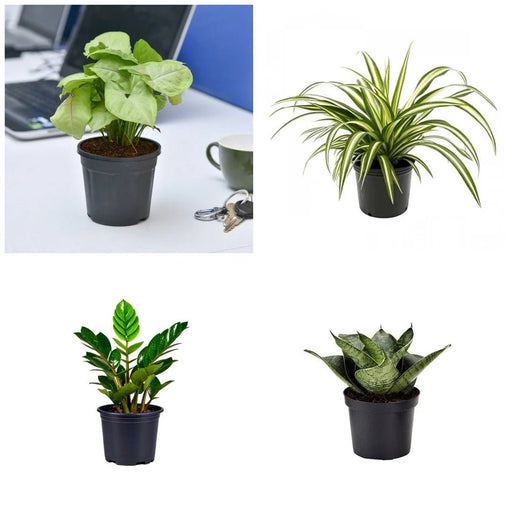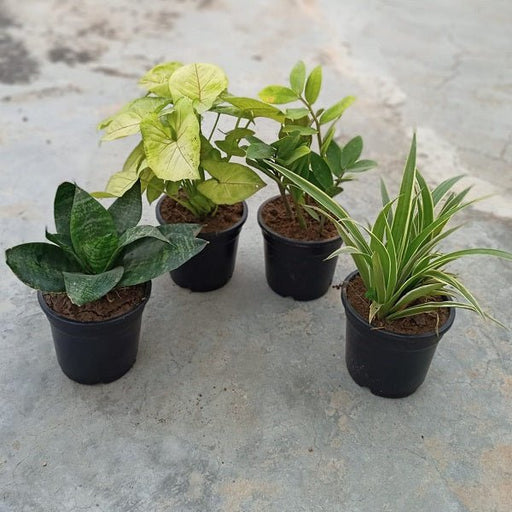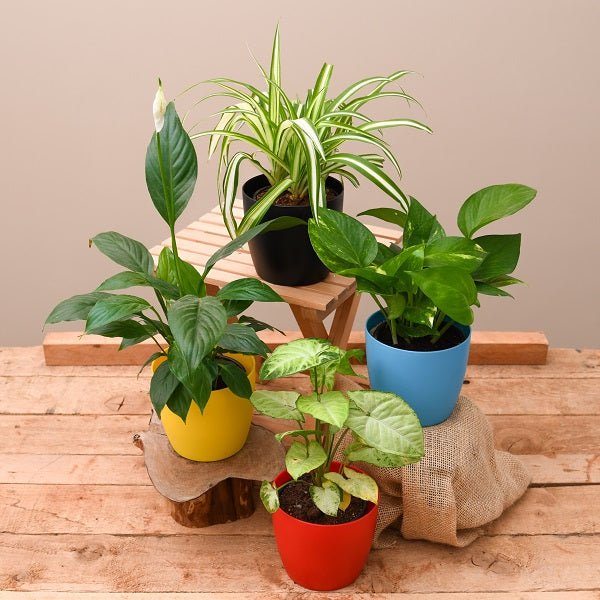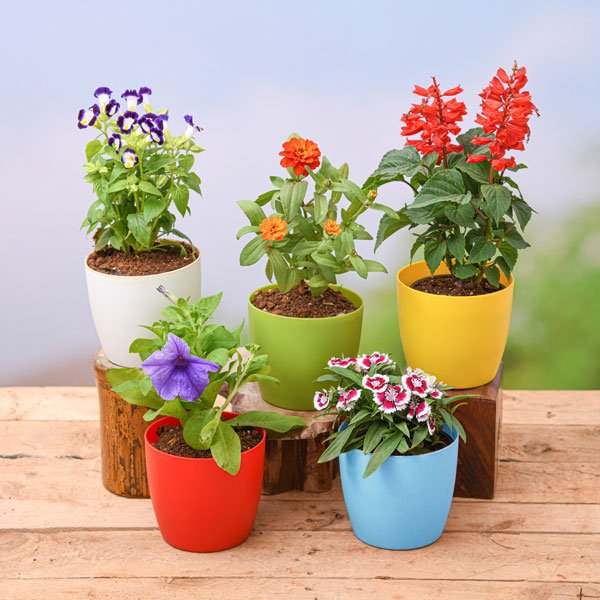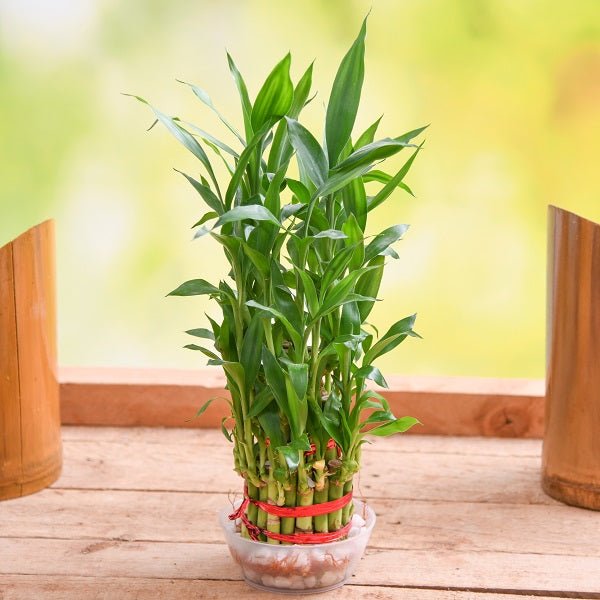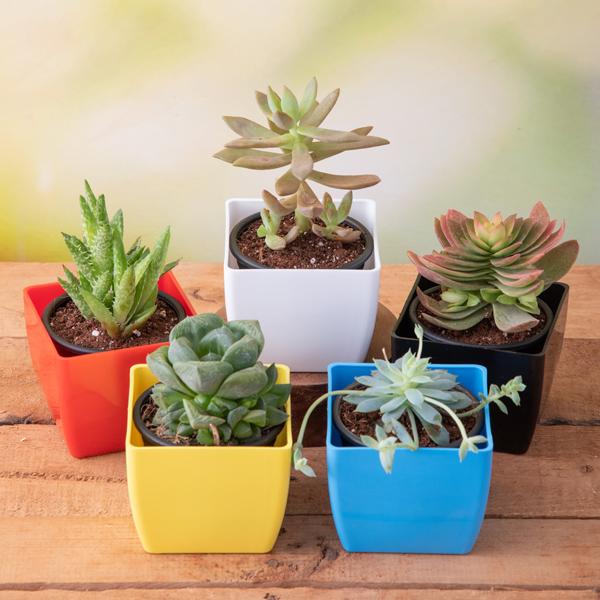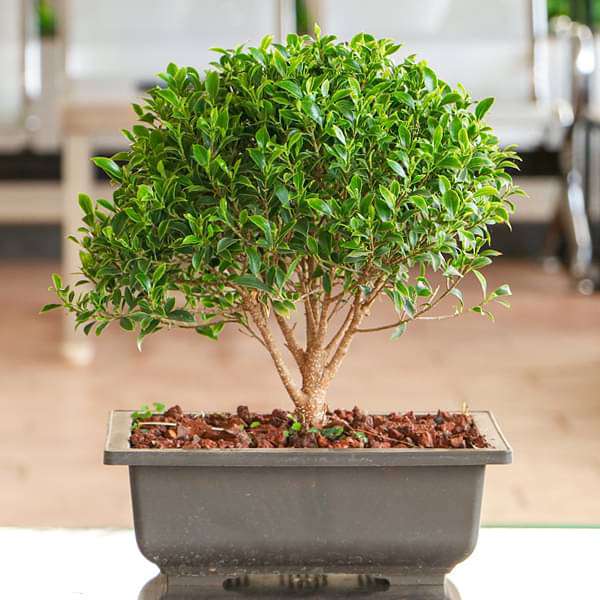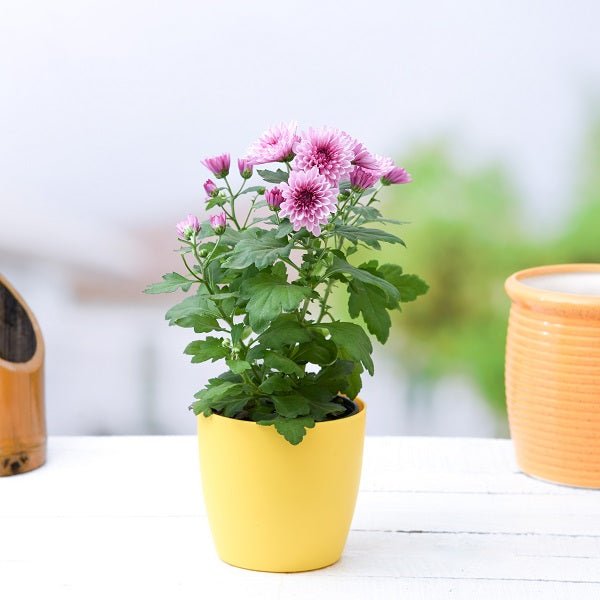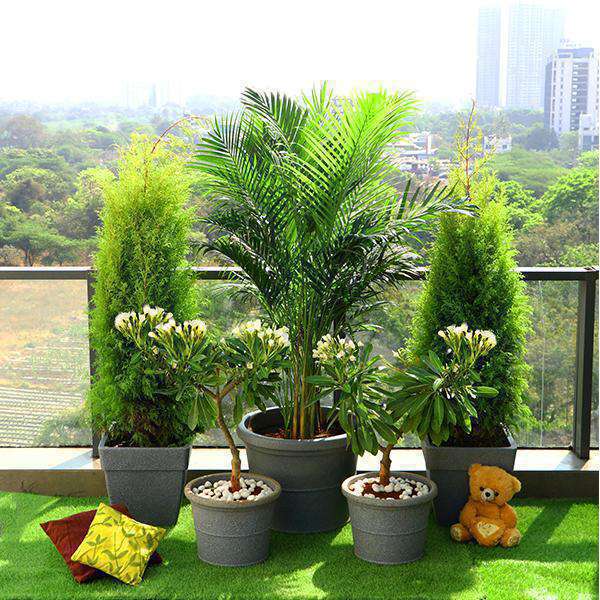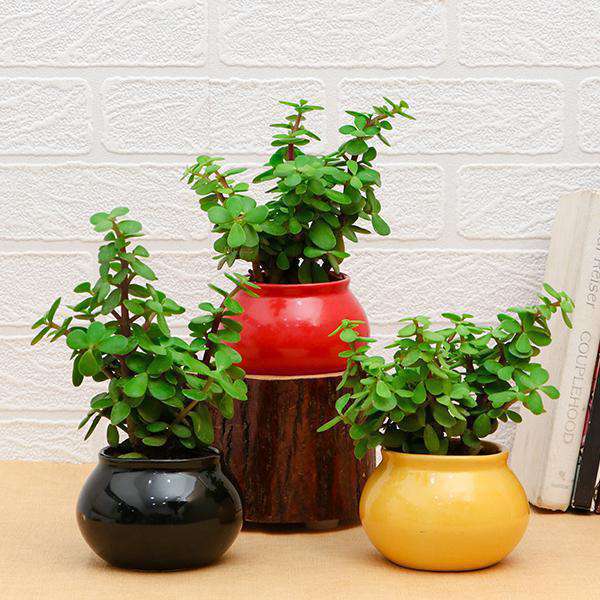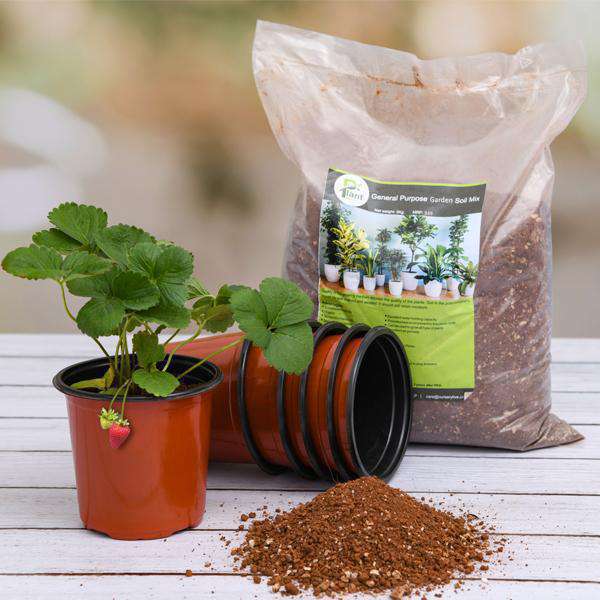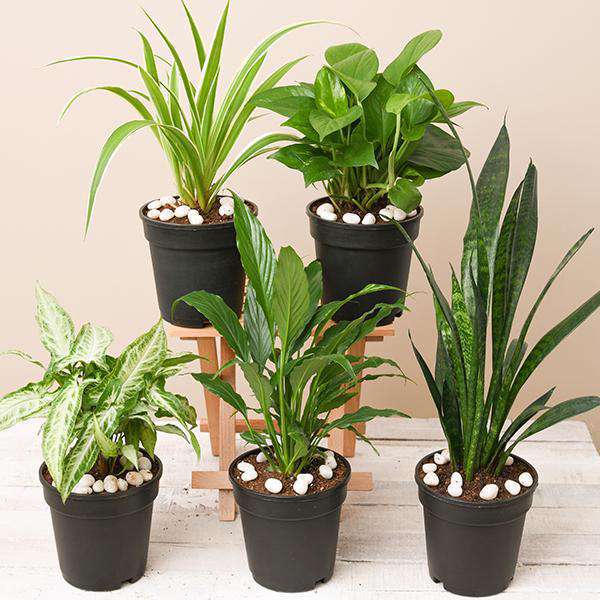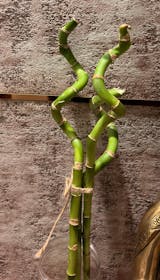Perennial multicolor flowering plants
Perennial plants are a great investment for your garden. They come back year after year, providing beautiful blooms for multiple seasons. Multicolor flowering perennials are a stunning addition to any garden, adding interest and variety. In this article, we'll explore some of the best multicolor flowering perennials for your garden.
Multicolor flowering plants for shade
If you have a shaded area in your garden, it can be challenging to find plants that will thrive. However, there are many multicolor flowering plants that will do well in shade, adding a pop of color to your garden. We'll explore some of the best multicolor flowering plants for shaded areas in this article.
Multicolor flowering plants for sun
On the other hand, if you have a sunny garden, there are many multicolor flowering plants that will thrive in the full sun. From bright and bold to subtle and delicate, there's a multicolor flowering plant to suit every taste. We'll explore some of the best multicolor flowering plants for sunny areas in this article.
Multicolor flowering plants for pots
If you don't have a garden, or you want to add some color to your patio or balcony, multicolor flowering plants in pots are a great option. They're easy to care for and can be moved around to suit your needs. We'll explore some of the best multicolor flowering plants for pots in this article.
Multicolor flowering plants for borders
Multicolor flowering plants are perfect for adding interest to borders. From bold and bright to subtle and delicate, there's a multicolor flowering plant to suit every taste. We'll explore some of the best multicolor flowering plants for borders in this article.
Multicolor flowering plants for bees
Bees are essential for pollinating plants, and multicolor flowering plants are a great way to attract them to your garden. We'll explore some of the best multicolor flowering plants for bees in this article.
Multicolor flowering plants for butterflies
Butterflies are a beautiful addition to any garden, and multicolor flowering plants are a great way to attract them. We'll explore some of the best multicolor flowering plants for butterflies in this article.
Multicolor flowering plants for hummingbirds
Hummingbirds are a joy to watch, and multicolor flowering plants are a great way to attract them to your garden. We'll explore some of the best multicolor flowering plants for hummingbirds in this article.
Multicolor flowering plants for rock gardens
If you have a rock garden, multicolor flowering plants are a great way to add interest and color. We'll explore some of the best multicolor flowering plants for rock gardens in this article.
Multicolor flowering plants for wildflower meadows
Wildflower meadows are a great way to add a natural feel to your garden, and multicolor flowering plants are a great addition. We'll explore some of the best multicolor flowering plants for wildflower meadows in this article.
Multicolor flowering plants for cut flowers
If you love having fresh flowers in your home, multicolor flowering plants that make great cut flowers are a must-have. We'll explore some of the best multicolor flowering plants for cut flowers in this article.
Multicolor flowering plants for attracting beneficial insects
Beneficial insects like ladybugs and lacewings are great for controlling garden pests, and multicolor flowering plants are a great way to attract them. We'll explore some of the best multicolor flowering plants for attracting beneficial insects in this article.
Multicolor flowering plants for attracting birds
Birds are a wonderful addition to any garden, and multicolor flowering plants are a great way to attract them. We'll explore some of the best multicolor flowering plants for attracting birds in this article.
Multicolor flowering plants for fragrance
Adding fragrance to your garden is a great way to enhance the overall experience. Multicolor flowering plants with a lovely scent are a must-have. We'll explore some of the best multicolor flowering plants for fragrance in this article.
Multicolor flowering plants for texture
Texture is an important element in any garden design. Multicolor flowering plants with interesting textures can add depth and dimension to your garden. We'll explore some of the best multicolor flowering plants for texture in this article.
Multicolor flowering plants for ground cover
Ground cover plants are a great way to fill in gaps in your garden and provide a uniform look. Multicolor flowering ground cover plants are a great way to add interest and color. We'll explore some of the best multicolor flowering plants for ground cover in this article.
Multicolor flowering plants for erosion control
If you have areas in your garden that are prone to erosion, multicolor flowering plants can help control it. We'll explore some of the best multicolor flowering plants for erosion control in this article.
Multicolor flowering plants for hedges
Hedges are a great way to create privacy and define boundaries in your garden. Multicolor flowering hedge plants can add a pop of color to your garden while still serving their purpose. We'll explore some of the best multicolor flowering plants for hedges in this article.
Multicolor flowering plants for low maintenance gardens
If you're looking for low maintenance multicolor flowering plants, there are many options to choose from. We'll explore some of the best low maintenance multicolor flowering plants in this article.
Multicolor flowering plants for attracting pollinators
Pollinators like bees, butterflies, and hummingbirds are essential for the health of your garden. Multicolor flowering plants that attract them are a must-have. We'll explore some of the best multicolor flowering plants for attracting pollinators in this article.


